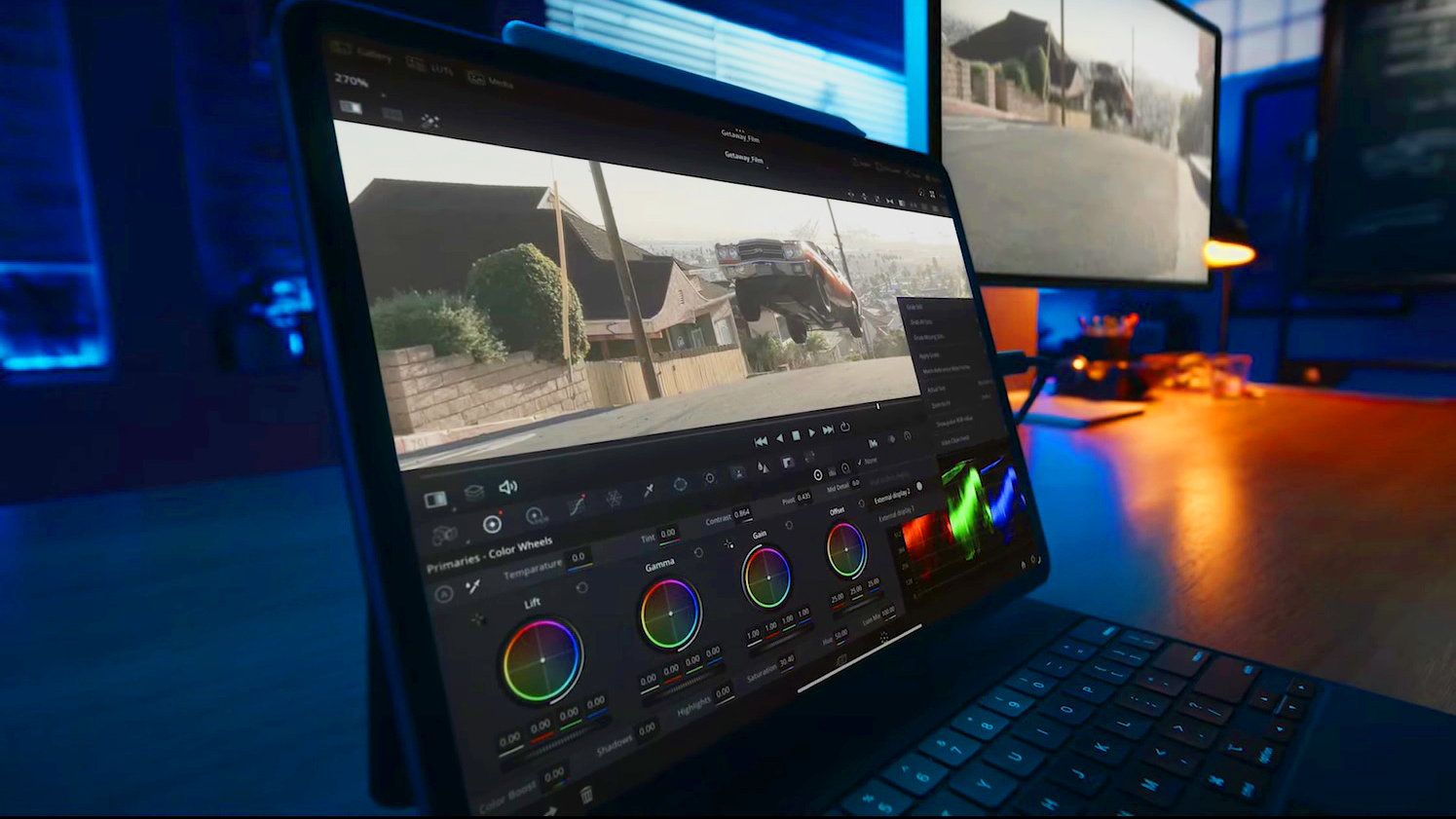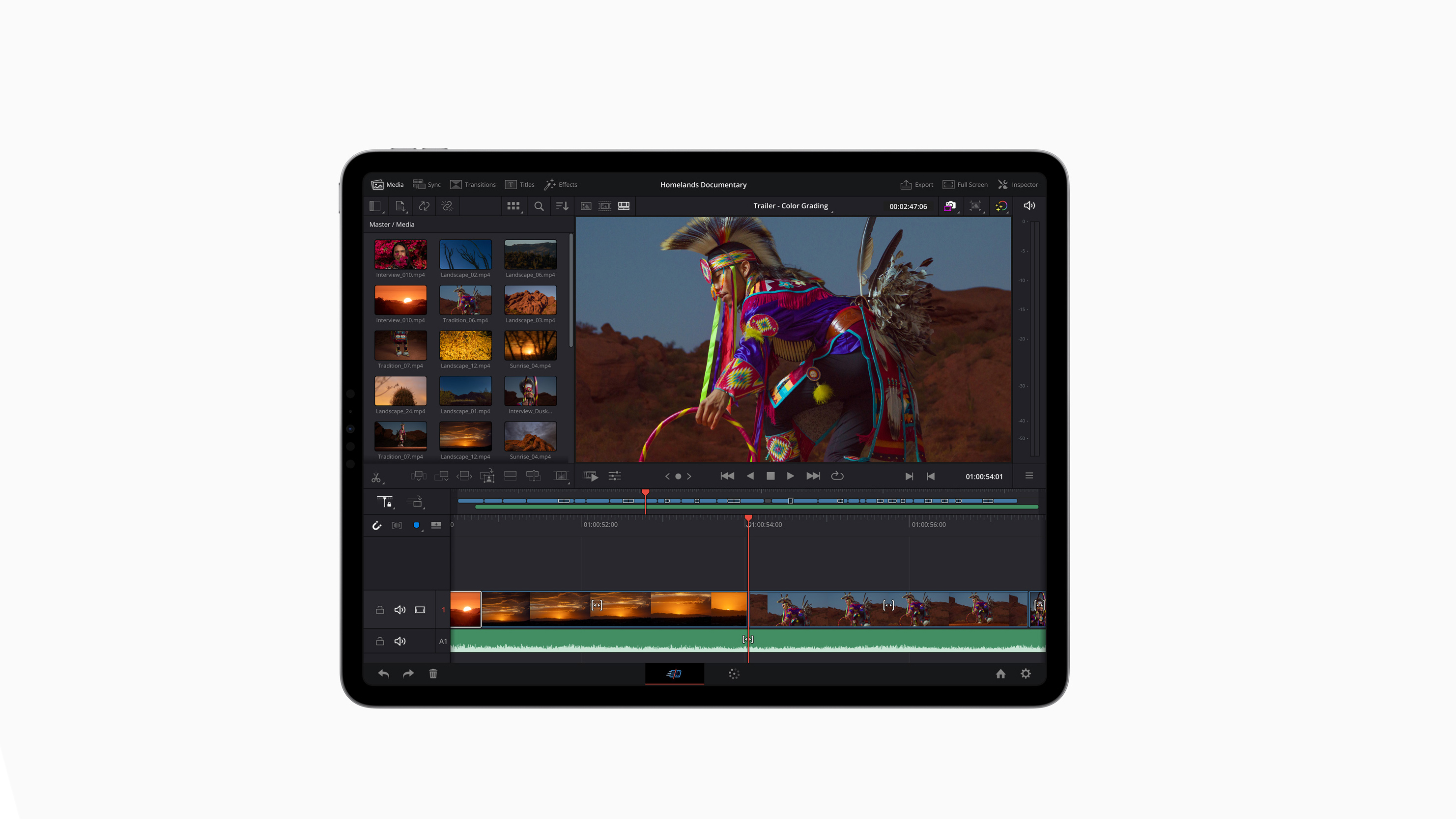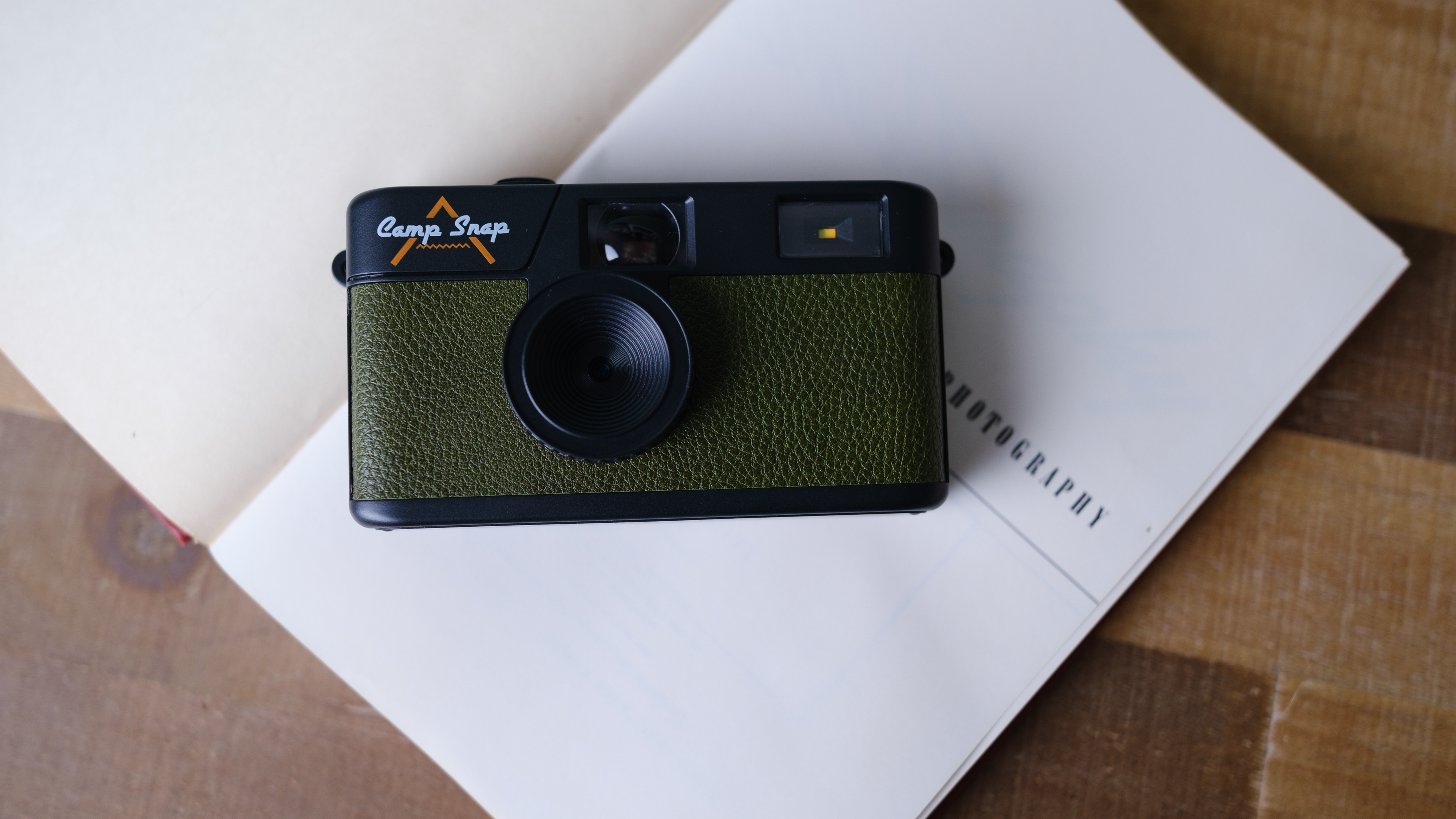New iPad Pro is a video editing machine, thanks to DaVinci Resolve and M2 chip
iPad will be a video editing machine with DaVinci Resolve

There has been a long debate within the filmmaking community for some time to try and get Apple to implement a standard video editor to the iPad, while iMovie is an option this doesn't really cut the mustard when you want to do complex editing on the go. Rumors suggested that Apple would bring Final Cut Pro to the iPad, but this never happened.
Then a 3rd-party stepped in to fill that void, LumaFusion allowed creators to record on their 4K video camera and be able to edit this footage on the go with an iPad and up to now this has been the only way content creators can get a real video live out to the world.
However, Apple has just announced a new line of iPads, with the new iPad Pro gaining the powerful Apple-silicon M2 chip, and what is even more impressive than this chip's ability to make the iPad a real laptop alternative is that one of the leading video editors, Davinci Revolve will come to iPad now natively. That's right – a standalone real professional video editor on your iPad, for true on-the-go editing in real-time.
Now, while many industry filmmakers spotted that tell-tale Davinci Resolve symbol, this is will only available on the iPad Pro, now depending on which screen size you go for it will start from $799 for the new 11-inch model, or $1,099 for the traditional 12.9-inch iPad Pro - not cheap when you consider this is now indeed laptop territory capable of video editing 4K footage.
So why is this such a great feature, and why would you consider an iPad over a laptop? Well, the new iPad Pro now features the M2 chip which has the ability to get pro-grade apps natively to the iPad, not some washed-down half-attempt of the computer program that we all know and love.
This means that we can now use Abode Photoshop to its full potential along with Davinci Resolve to edit and output professional industry-grade footage for the first time, without having to learn a new program, like you would for LumaFision.
This is due to the 8-core CPU of the M2 chip which is 15 percent faster than Apple's M1 chip, and a 10-core GPU means this iPad can now scrub through 4K, and I imagine even 8K footage shot on professional cinema cameras, as you can currently do this on a Macbook Pro M2.
Get the Digital Camera World Newsletter
The best camera deals, reviews, product advice, and unmissable photography news, direct to your inbox!

Before you were only able to shoot 4K and edit via LumaFusion, which is still a great app for video editing on an iPad, but soon with Davinci Revolve you will be able to color grade, edit and apply SFX to your heart's content, without having to give up any features over the desktop variation of the application. Think about it, all that M2 power that Macbook Pros have in either an 11 or 12.9-inch screen that you can fit in your messenger bag, or just pick up and take with you to the coffee shop.- what isn't there to love?
Now, I know some that are reading this thinking you would never record on a professional camera and then edit on an iPad, which is a valid point, and while a traditional desktop experience does offer more for multi-tasking and file sharing, etc, what this new iPad Pro does is take that desktop-level performance and let you go anywhere with it.
I can see this being extremely useful for content creators who are always on the go, and travel vloggers looking for an easy setup without the bulk of a laptop, I can also see this being used by professionals when out and about, just think of the ability to shoot a project and while you are out accessing those files and doing a quick edit while on the train, or in the coffee shop waiting for your next meeting to arrive.
I'm a hardcore desktop user, but I'd pick the new iPad Pro with Davinci Revolve. Would you?
Check out our iPad generations guide, and all things Apple with the best iPhone for photography and the best MacBooks for photo editing.

For nearly two decades Sebastian's work has been published internationally. Originally specializing in Equestrianism, his visuals have been used by the leading names in the equestrian industry such as The Fédération Equestre Internationale (FEI), The Jockey Club, Horse & Hound, and many more for various advertising campaigns, books, and pre/post-event highlights.
He is a Fellow of the Royal Society of Arts, holds a Foundation Degree in Equitation Science, and holds a Master of Arts in Publishing. He is a member of Nikon NPS and has been a Nikon user since his film days using a Nikon F5. He saw the digital transition with Nikon's D series cameras and is still, to this day, the youngest member to be elected into BEWA, the British Equestrian Writers' Association.
He is familiar with and shows great interest in 35mm, medium, and large-format photography, using products by Leica, Phase One, Hasselblad, Alpa, and Sinar. Sebastian has also used many cinema cameras from Sony, RED, ARRI, and everything in between. He now spends his spare time using his trusted Leica M-E or Leica M2, shooting Street/Documentary photography as he sees it, usually in Black and White.
